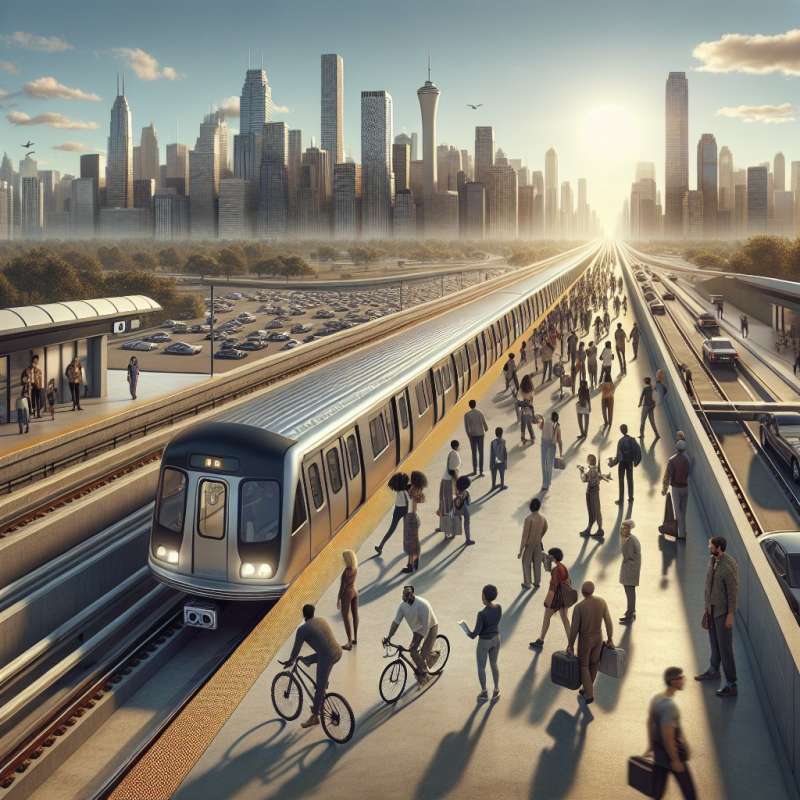
Historical Car Culture
Los Angeles developed around the automobile, with extensive freeway systems constructed in the 20th century. This car-centric development overshadowed the need for public transport, making it a lower priority.
Public Transit Attempts
Efforts to establish public transit existed. The Red Car trolley system was popular until the 1950s, but was dismantled due to a shift towards buses and the growing influence of car manufacturers.
Sprawling Urban Layout
L.A.'s sprawling nature makes it difficult to create a centralized public transport system. Unlike compact cities, L.A.'s residential communities are widespread, requiring a complex network to serve effectively.
Failed Public Initiatives
Several public transport initiatives faced underfunding and political challenges. The dispersed population and a powerful car lobby hindered substantial public transport development, leading to limited coverage and convenience.
Current Public Transport
Today, L.A. has a growing Metro system and bus network. Despite this, low density and a persistent car-first mentality result in relatively low ridership compared to other major cities.
Economic and Social Impact
Lack of public transport disproportionately affects low-income residents, limiting access to jobs and services. It exacerbates economic disparities and contributes to environmental concerns.
Future Transportation Vision
L.A. is envisioning a future with improved public transit. Plans for expansion of rail lines and enhanced bus services are in place, aiming to reduce reliance on cars and address climate change.
What shaped L.A.'s development?
20th century public transport.
Automobile and freeway systems.
Bicycle-friendly initiatives.
Company